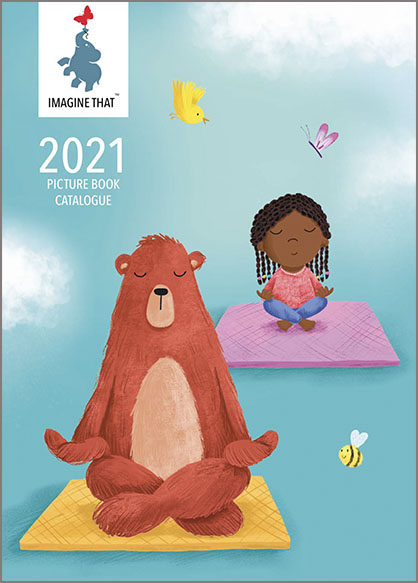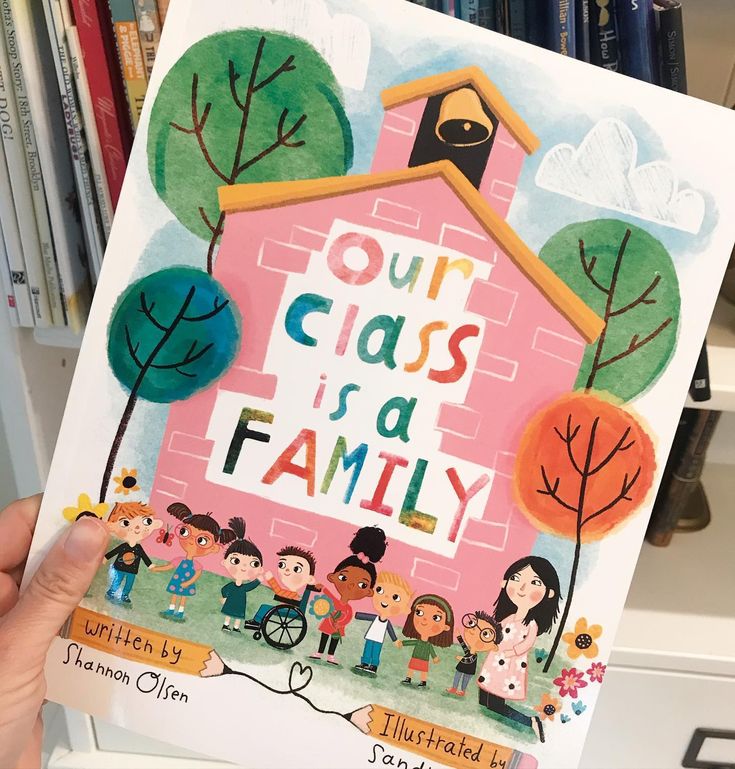
Picture Books with Themes: Opening Doors to Meaningful Conversations
In the hushed corners of a cozy library, I stumbled upon a treasure trove of picture books. As I flipped through their pages, I realized that these weren’t mere bedtime stories; they were doorways to profound themes that sparked conversations, ignited imagination, and sowed seeds of empathy in young minds. I was captivated by the power of picture books to transcend entertainment and become a catalyst for learning, growth, and connection.
Each book held a mirror to a different facet of the human experience, inviting children to explore their emotions, understand social norms, appreciate diversity, and grapple with complex issues. These books became our companions on countless evenings, providing a safe space to delve into meaningful discussions and nurture a love of reading.
The Importance of Picture Books in Childhood Development
Picture books play a pivotal role in the cognitive, emotional, and social development of children. They foster language skills, expand vocabulary, and stimulate imagination. By presenting complex ideas in a relatable and engaging manner, these books help children make sense of their surroundings and develop a deeper understanding of themselves and the world around them.
Moreover, picture books create a unique opportunity for shared reading experiences between children and adults. As you read together, you can pause to discuss the themes and ideas presented in the story, fostering critical thinking and nurturing a love of learning. These books become a bridge that connects generations, creating lasting memories and fostering a lifelong passion for storytelling.
Defining Picture Book Themes
A theme is a central idea or message that underlies a story. In picture books, themes are often conveyed through symbols, metaphors, and relatable characters. They can range from simple concepts like friendship and sharing to more complex topics like empathy, diversity, and social justice.
When selecting picture books for children, it’s important to consider the themes you want to explore with them. Themes can serve as a starting point for meaningful conversations, helping children develop a deeper understanding of themselves and the world around them.
A Comprehensive Overview of Picture Book Themes
The world of picture books encompasses a vast array of themes, each offering a unique lens through which children can explore the human experience. Here are a few common themes you may encounter:
- Friendship and Relationships: Stories that celebrate the power of friendship, cooperation, and empathy.
- Diversity and Inclusion: Books that promote acceptance, understanding, and appreciation of different cultures, races, and abilities.
- Emotions and Feelings: Stories that help children identify, understand, and manage their emotions.
- Social Justice: Books that address issues of fairness, equality, and social responsibility.
- Environmental Awareness: Stories that emphasize the importance of protecting and preserving our planet.
These are just a few examples of the many themes that picture books can explore. By selecting books that align with your values and interests, you can foster meaningful conversations with children and help them develop into compassionate, empathetic, and well-rounded individuals.
Latest Trends and Developments in Picture Book Themes
The world of picture books is constantly evolving, with new themes and perspectives emerging all the time. Here are a few trends to watch out for:
- Intersectionality: Books that explore the intersection of multiple identities and experiences, such as race, gender, and socioeconomic status.
- Representation: An increased focus on representing diverse characters and perspectives in picture books.
- Social Activism: Books that address current social issues and encourage children to become active change-makers.
- Mental Health: Books that promote emotional well-being and help children understand and manage their mental health.
These trends reflect the changing needs and interests of children and society as a whole. By keeping up with these developments, you can ensure that you are offering children access to books that are relevant, engaging, and reflective of the world around them.
Tips for Choosing and Discussing Picture Books with Themes
To get the most out of your picture book reading experience, here are a few tips:
- Select books that align with your values and interests: Choose books that resonate with you and that you feel comfortable discussing with your child.
- Read together regularly: Make picture book reading a part of your daily or weekly routine.
- Pause to discuss the themes: As you read, take time to stop and discuss the themes and ideas presented in the story. Ask questions, encourage your child to share their thoughts, and listen attentively to their responses.
- Connect the book to real-life experiences: Help your child relate the themes in the book to their own lives and experiences. This will deepen their understanding and make the learning more meaningful.
- Encourage critical thinking: Ask your child questions that encourage them to think critically about the themes and ideas presented in the book. This will help them develop their analytical skills and form their own opinions.
By following these tips, you can turn picture book reading into a rich and rewarding experience that fosters meaningful conversations, nurtures critical thinking, and sparks a lifelong love of learning.
Frequently Asked Questions about Picture Books with Themes
Q: What are some examples of books with different themes?
A: Here are a few examples:
- Friendship: “The Lion and the Mouse” by Aesop
- Diversity: “The Skin I’m In” by Sharon Flake
- Emotions: “The Color Monster” by Anna Llenas
- Social Justice: “The Snowy Day” by Ezra Jack Keats
- Environmental Awareness: “The Lorax” by Dr. Seuss
Q: How do I know which themes are appropriate for my child?
A: Consider your child’s age, maturity level, and interests. Start with simpler themes and gradually introduce more complex topics as your child grows. Trust your instincts and choose books that you feel comfortable discussing with your child.
Conclusion
Picture books with themes are more than just bedtime stories; they are powerful tools for learning, growth, and connection. By selecting books that align with your values and interests, you can foster meaningful conversations with your child and help them develop into compassionate, empathetic, and well-rounded individuals. So, the next time you curl up with a picture book, take a moment to reflect on the themes it presents and engage in a conversation that will spark their imagination and leave a lasting impact.
Are you interested in learning more about picture books with themes? Share your thoughts and questions in the comments below.

Image: www.pinterest.fr